
TEŠANJ, BOSNIA AND HERZEGOVINA, NOVEMBER 2015: Four-year-old boy from the family of internally displaced people in the ‘Vila’ Collective Centre in Tešanj Municipality, northern Bosnia. Living conditions in collective centres are rarely conducive to healthy upbringing and growing up of children.
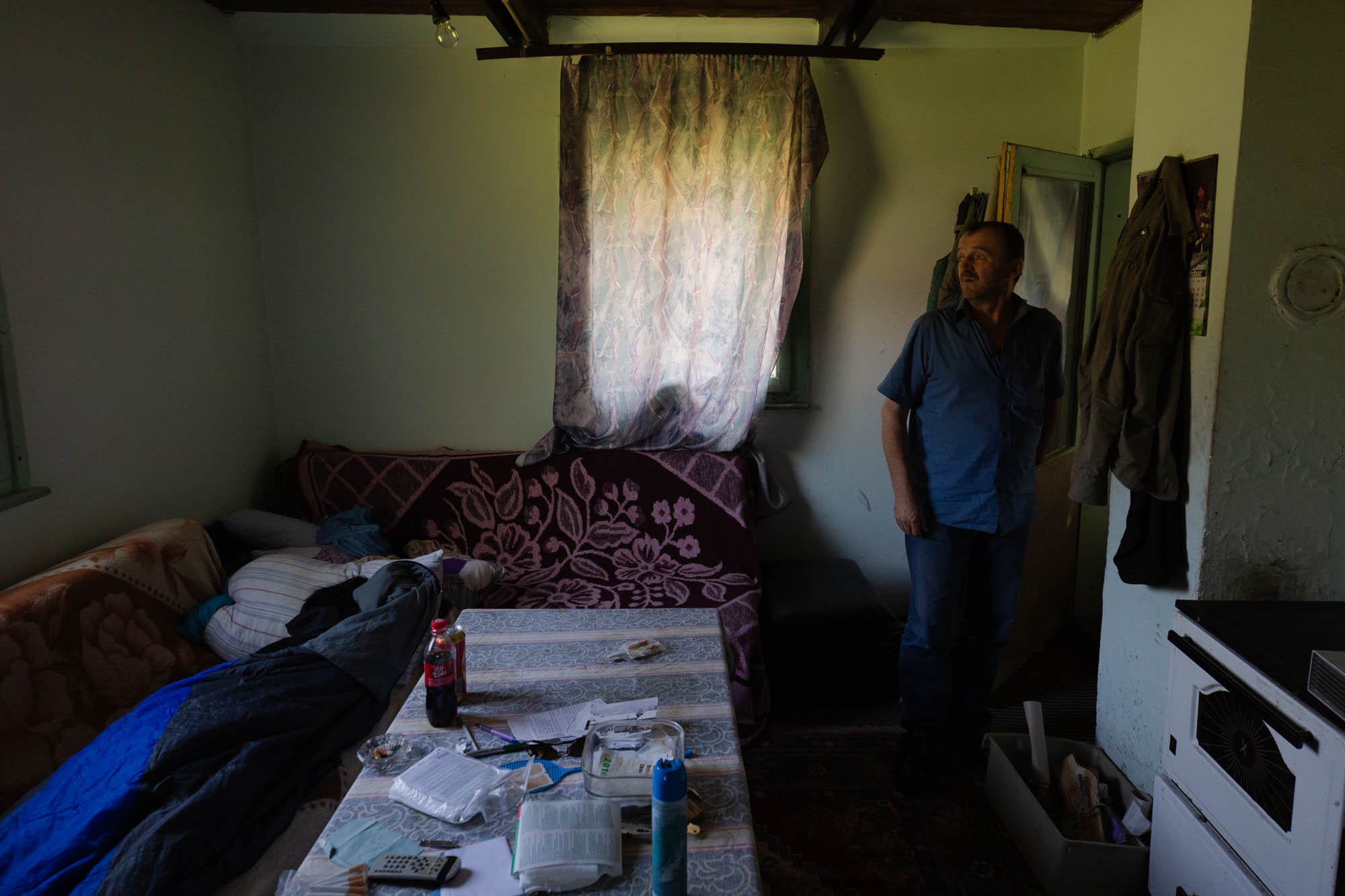
MAGLAJ, BOSNIA AND HERZEGOVINA, JUNE 2017: Only a few people still live in an abandoned collective centre in Maglaj. Closure of 121 collective centres in BiH, through the provision of public housing solutions for an estimated 2,611 families shall ensure more adequate, durable and sustainable solutions.
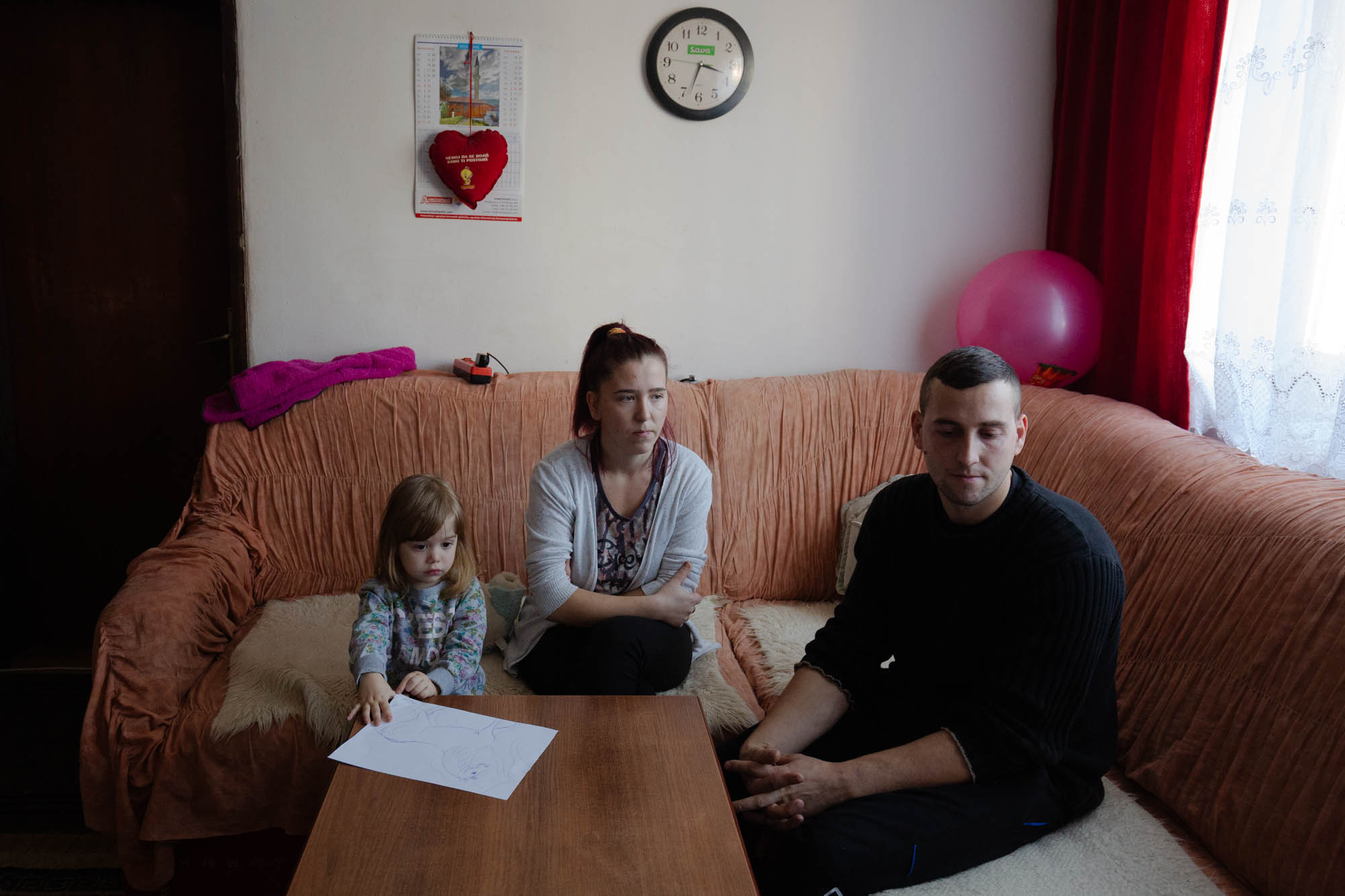
HRASNICA, BOSNIA AND HERZEGOVINA, DECEMBER 2018: An internally displaced family in less-than-adequate housing conditions in the collective centre in Hrasnica near Sarajevo. The husband and father of two children got fired and could no longer pay the rent, which forced him to move with his family to a collective center.
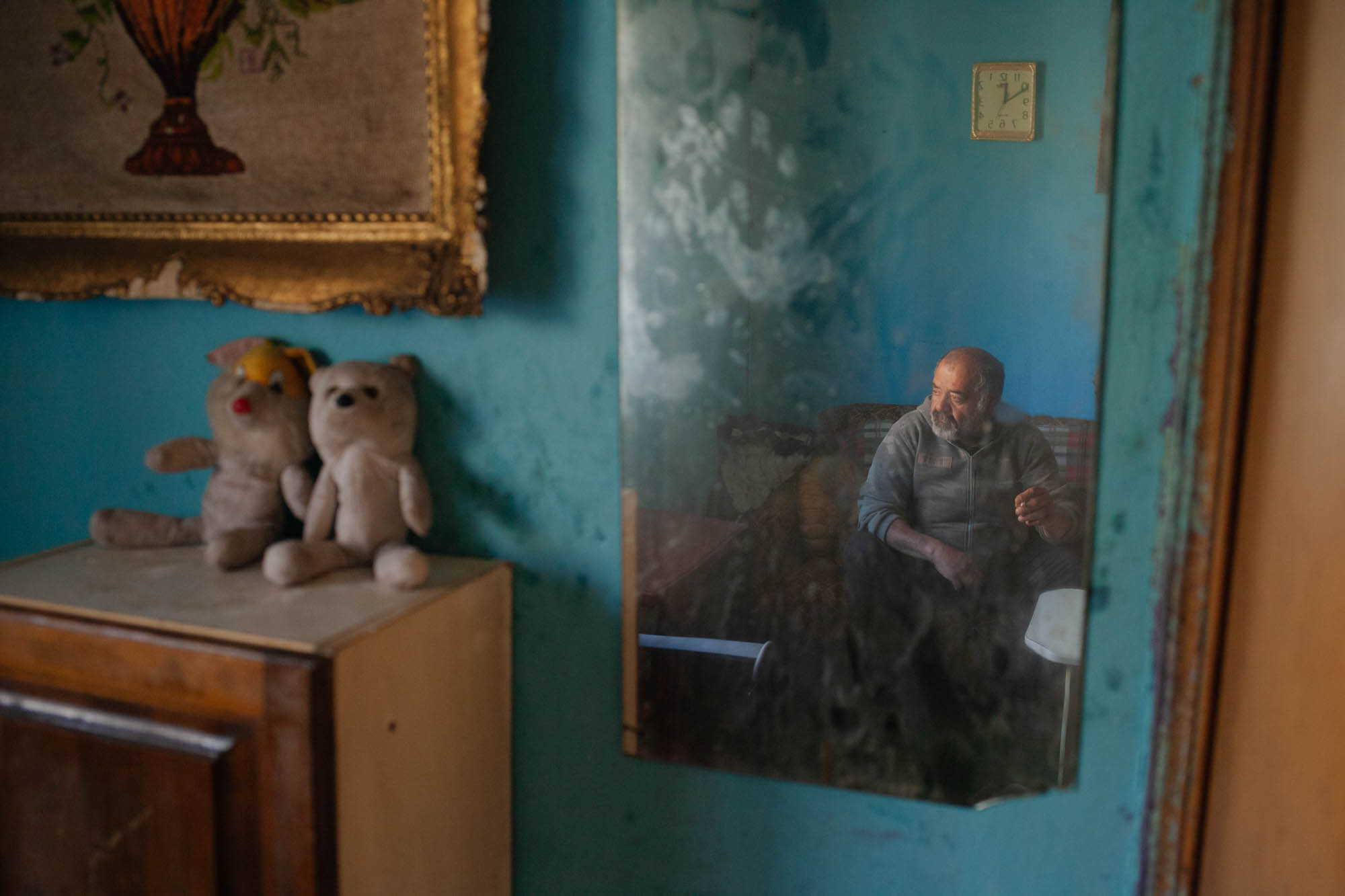
SARAJEVO, BOSNIA AND HERZEGOVINA, MARCH 2016: Sitting in his home in a shanty Roma settlement on the outskirts of Sarajevo, Nuhija Abazi is anxious about the uncertain outcome of his struggle for identity. Nuhija was born outside a health facility and he was never registered in birth records, which is a legal precondition to obtain any kind of personal identity/identification, including proof of citizenship.
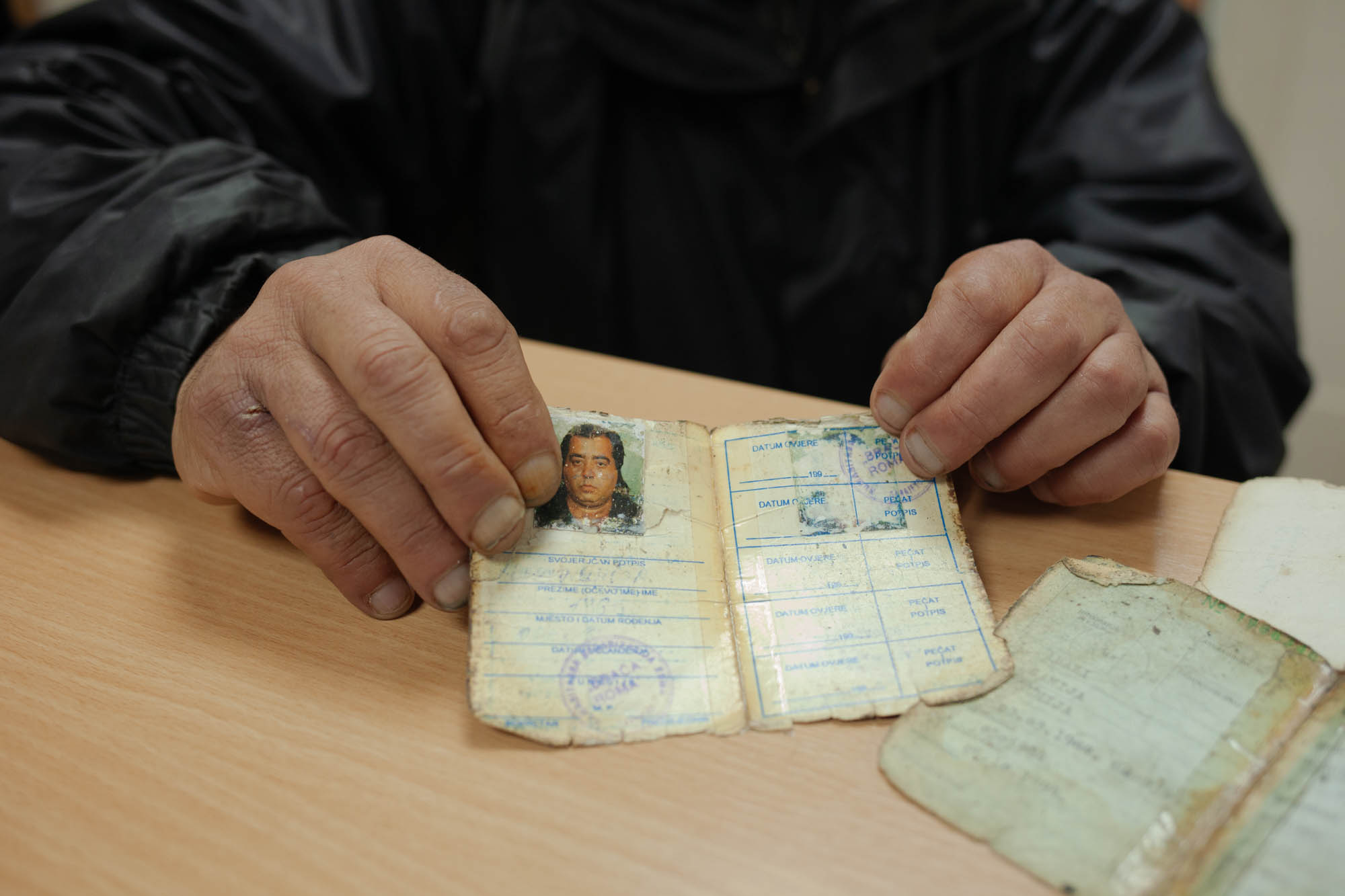
SARAJEVO, BOSNIA AND HERZEGOVINA, MARCH 2016: Nuhija Abazi shyly pulls out a so-called “military record book” from his pocket. The timeworn document, listing the dates of his participation as a member of the Army of Bosnia and Herzegovina in the 1992-95 war that ravaged this Balkan country, is the only written proof of his existence. Throughout his life, his status of being “legally invisible” has deprived him of access to fundamental rights - education, health care, social welfare, or stable employment.

ŽIVINICE, BOSNIA AND HERZEGOVINA, AUGUST 2017: A Roma child in a shanty Roma settlement in Živinice. The importance of registration at birth and subsequent issuance of documents in Roma communities ensure the reduction of the risk of statelessness within these vulnerable communities.

PRIJEDOR, BOSNIA AND HERZEGOVINA, SEPTEMBER 2016: A girl of a returnee family on the outskirts of Prijedor. There are still a large number of persons in need of basic support, such as access to food and shelter, health care and a source of income.
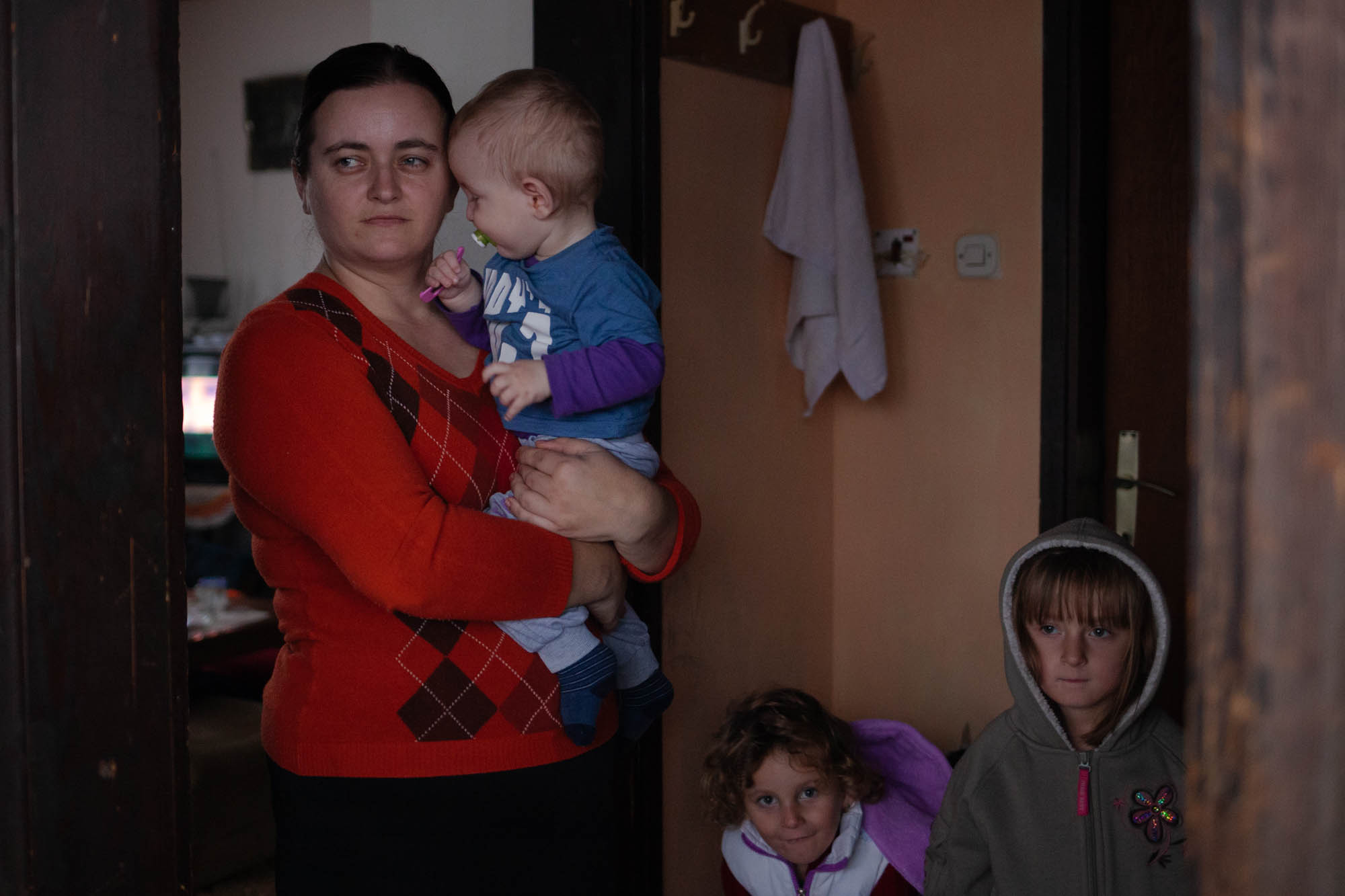
TEŠANJ, BOSNIA AND HERZEGOVINA, NOVEMBER 2015: An internally displaced family in less-than-adequate housing conditions in the ‘Vila’ Collective Centre in the Tešanj Municipality. Many inhabitants of the collective centres in BiH have lived there since their childhood, or even birth, to now start their own families without having found more appropriate housing solution in the meantime.
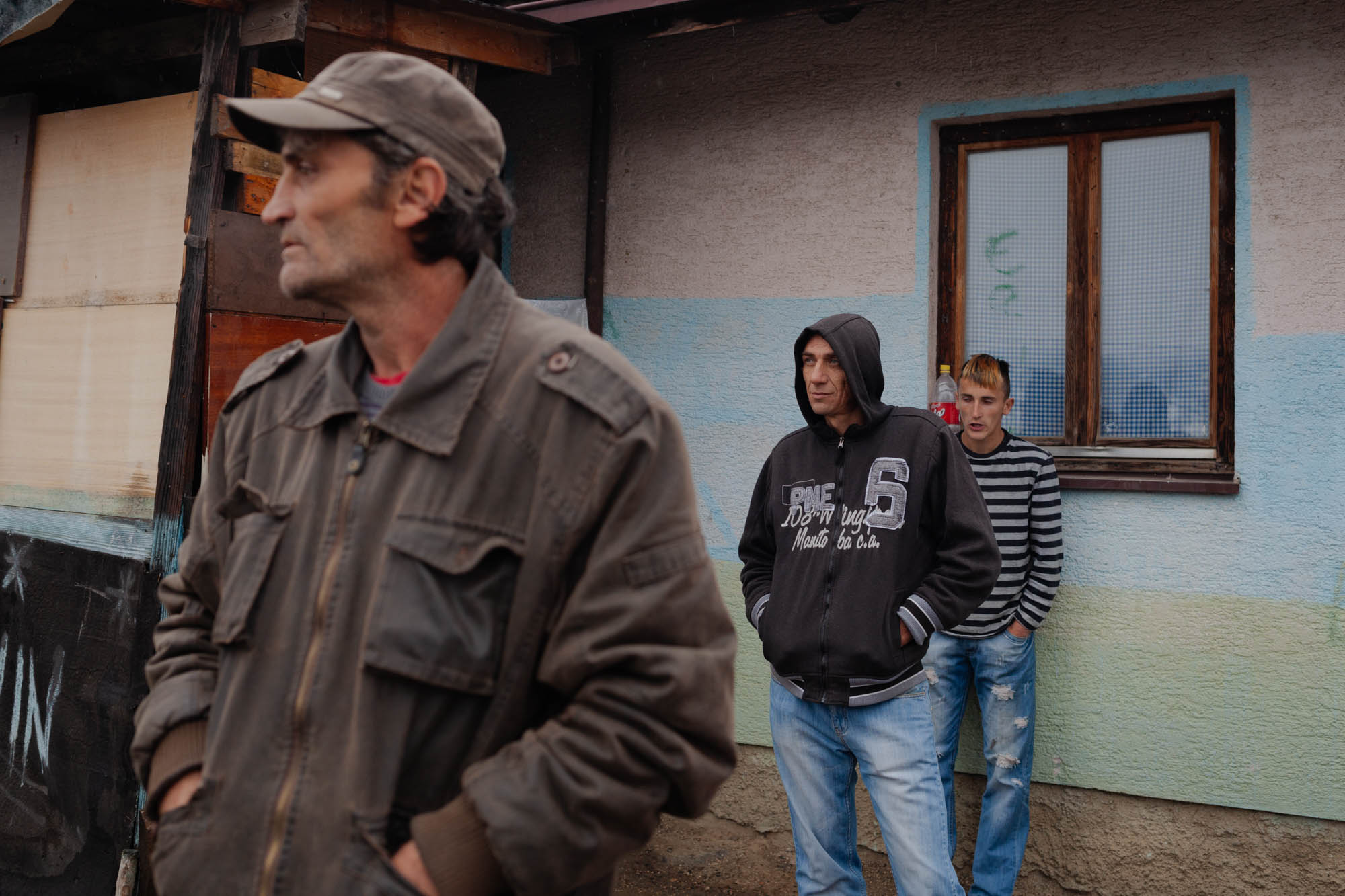
TEŠANJ, BOSNIA AND HERZEGOVINA, NOVEMBER 2015: Young and middle-aged men are seen in the ‘Vila’ Collective Centre in Tešanj Municipality, the northern part of Bosnia. These internally displaced people long for adequate housing for their families, while those among them who are single hope to see conditions decent enough to start a family.

FOČA, BOSNIA AND HERZEGOVINA, NOVEMBER 2015: Vulnerable returnee family will soon get a new home. Eleven family members including a girl with developmental disabilities are currently sharing a small household.
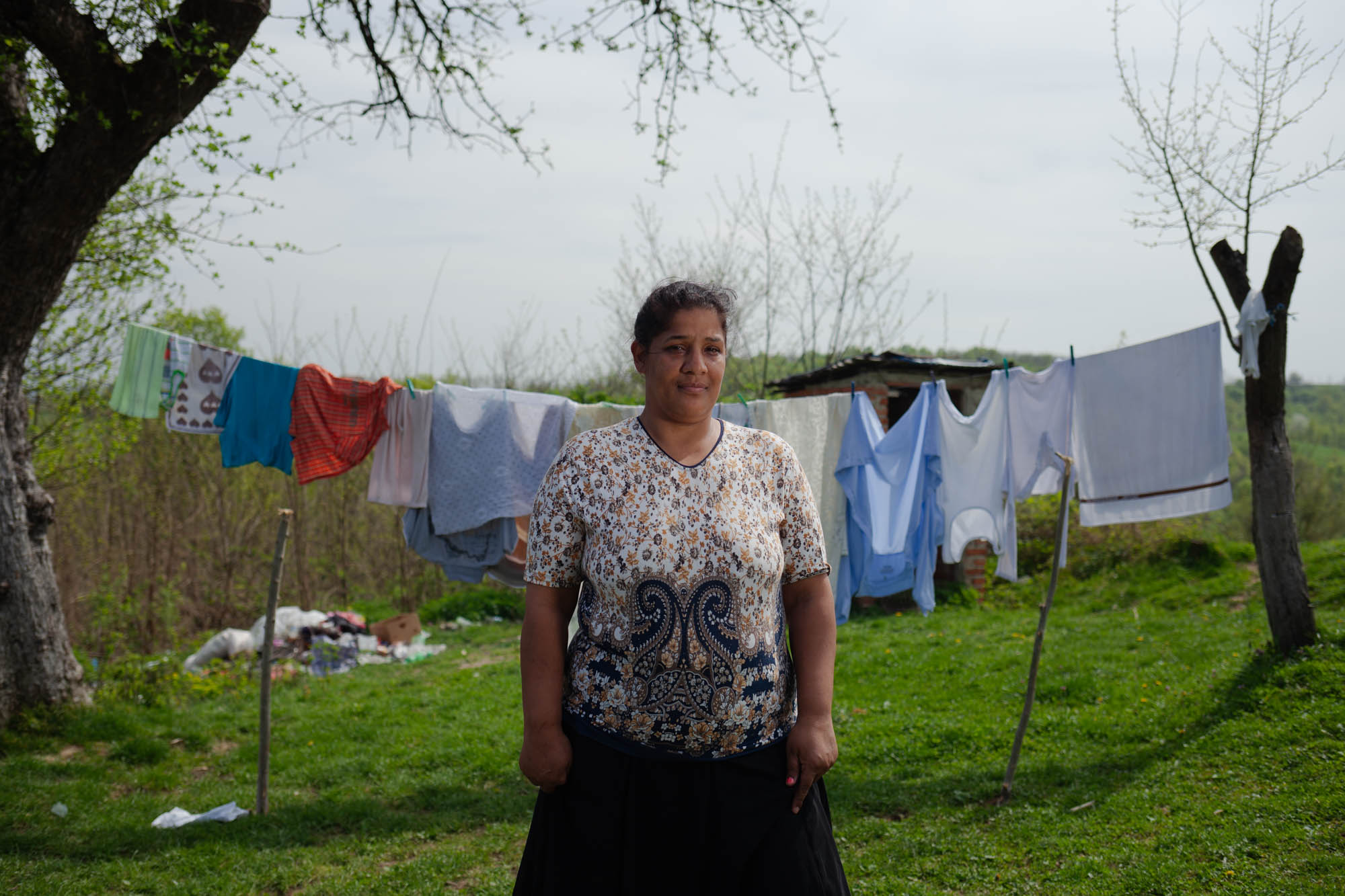
PRIJEDOR, BOSNIA AND HERZEGOVINA, APRIL 2016: After many years of legal struggle a Roma asylum-seeker from Kosovo become a Bosnian citizen.
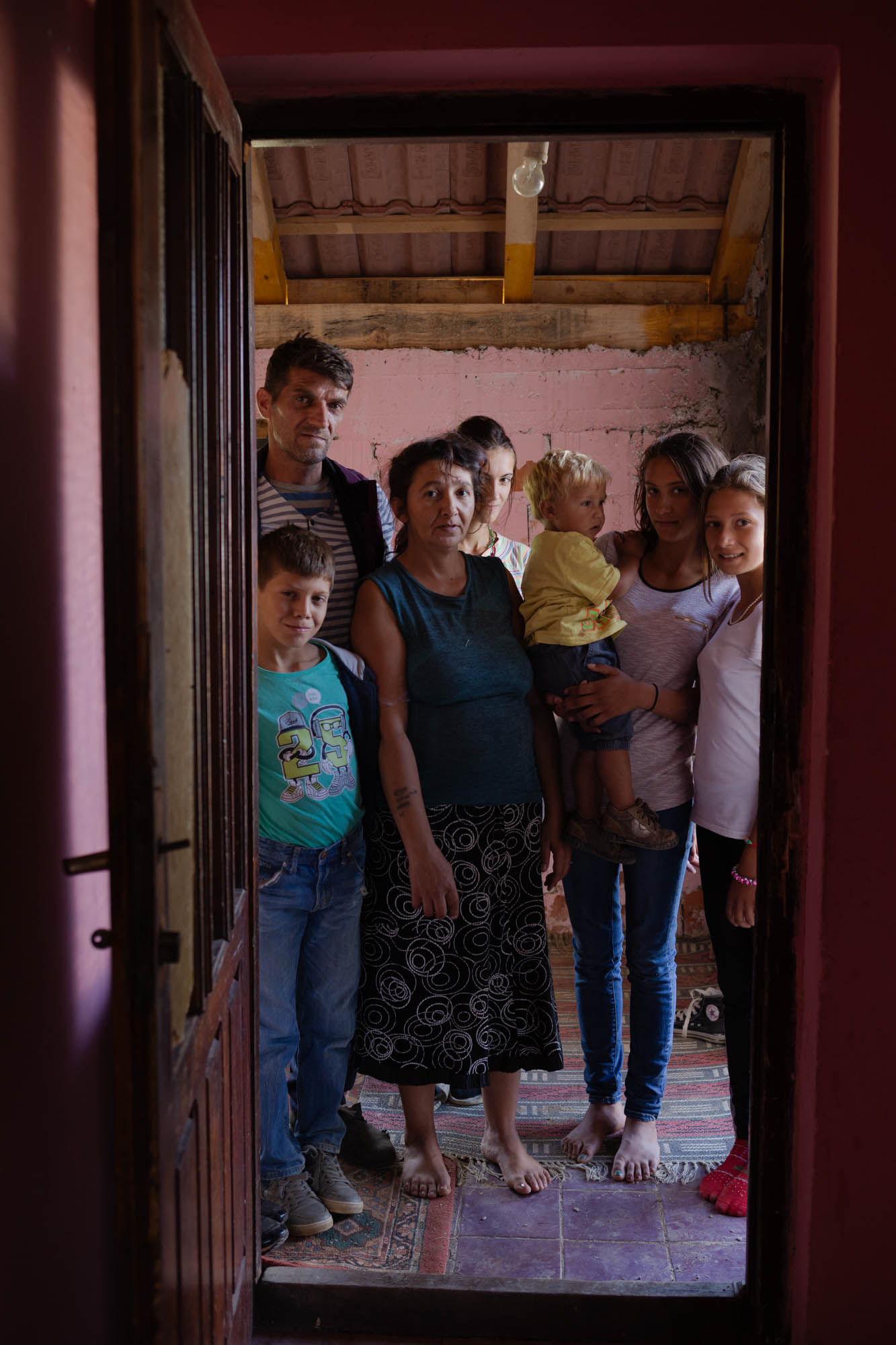
PRIJEDOR, BOSNIA AND HERZEGOVINA, SEPTEMBER 2016: Returnee family of nine to the village of Zecovi near Prijedor. At the time of the visit, the family lived cramped in a room of 20 square meters. The upper floor of the house was unconditional and is currently being built to provide more home space for living.
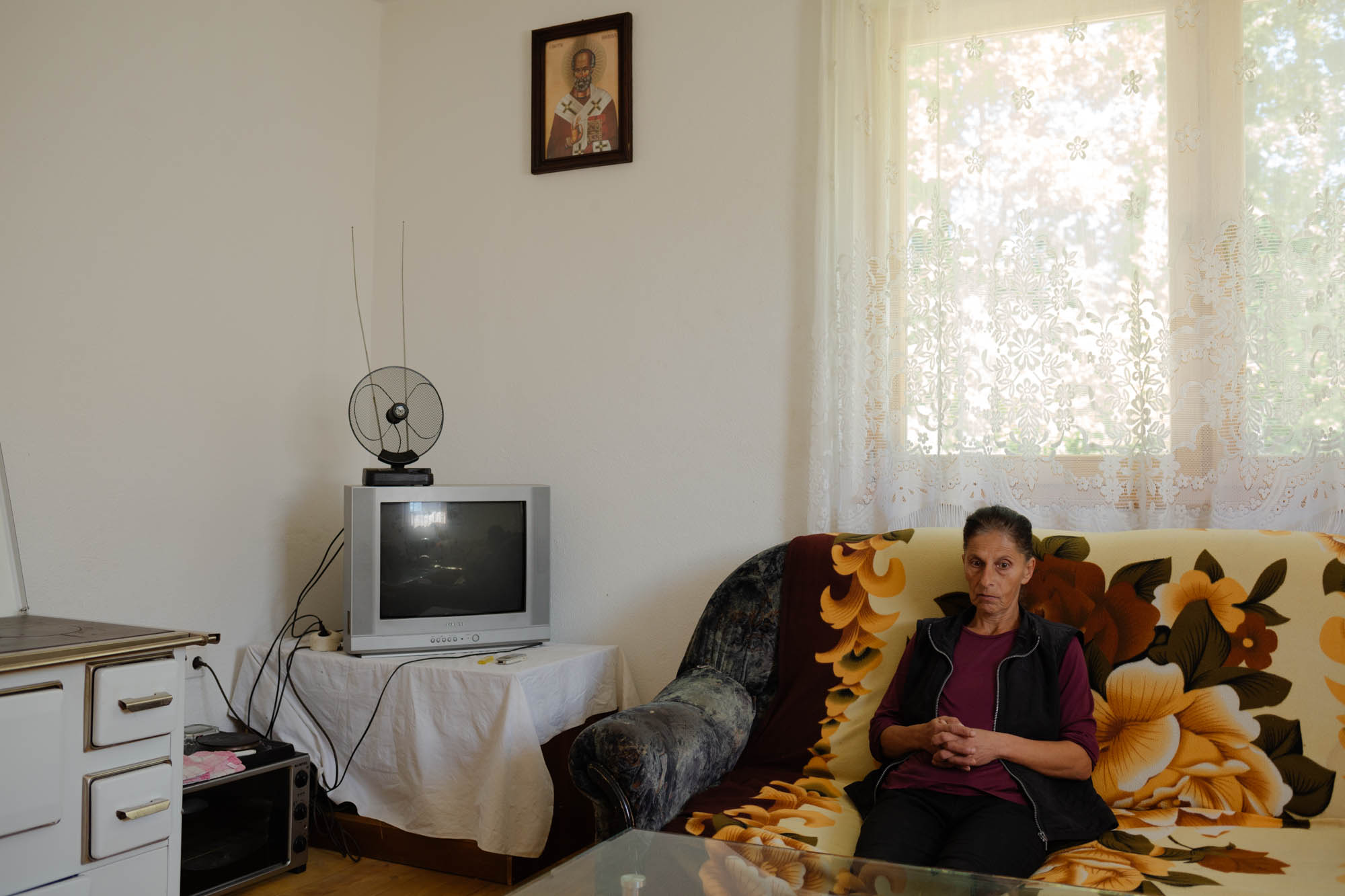
GRADIŠKA, BOSNIA AND HERZEGOVINA, SEPTEMBER 2016: Internally displaced person and a single mother of 6 children sitting alone quietly in the peace of her new home.
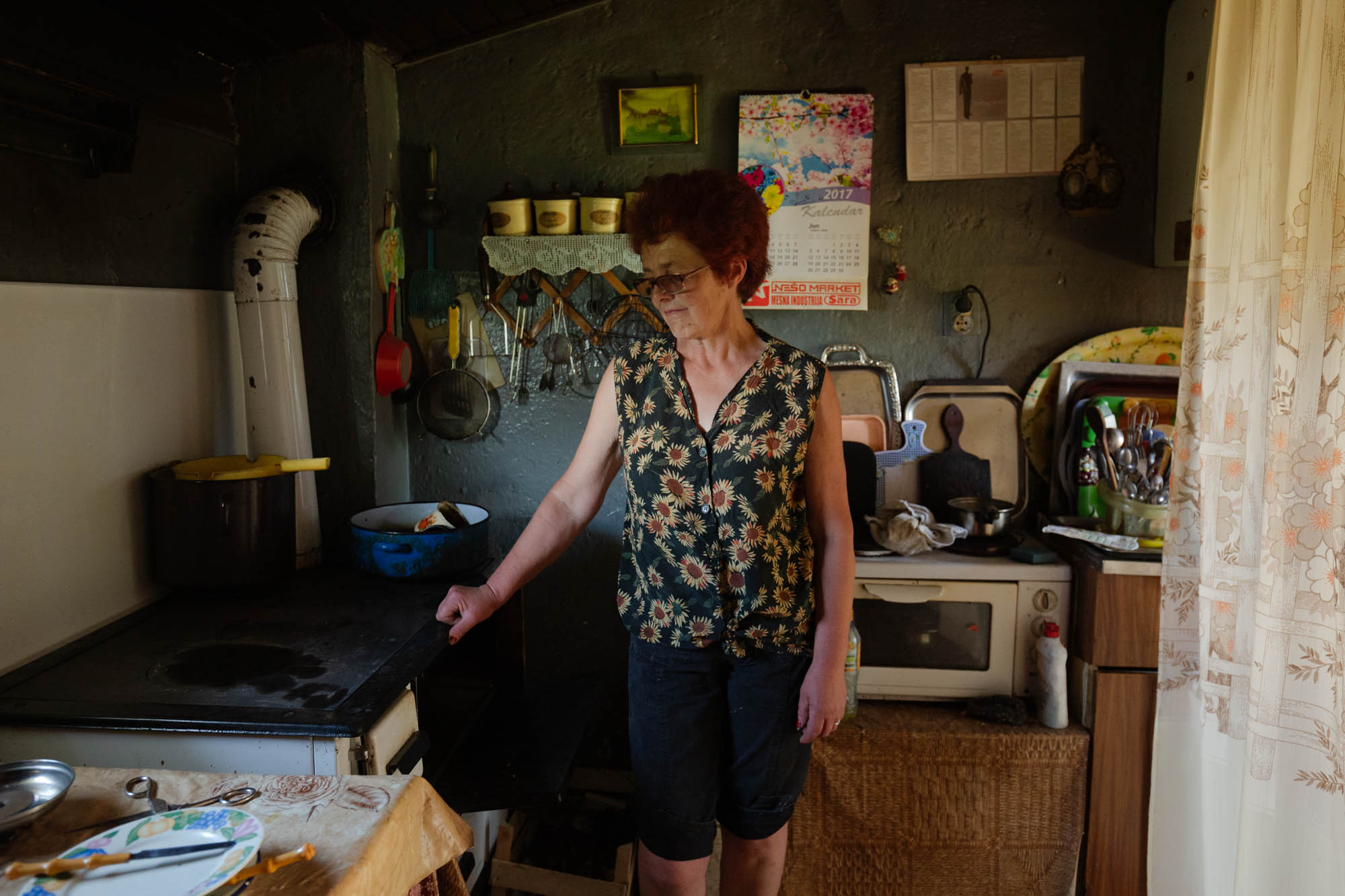
DERVENTA, BOSNIA AND HERZEGOVINA, MAY 2017: A family of four displaced during 1995. They bought a plot of land and built a temporary facility without the minimum housing conditions in which they settled. They had a cow named Maya that died. From the income from the sale of milk, they managed to buy a wood stove.
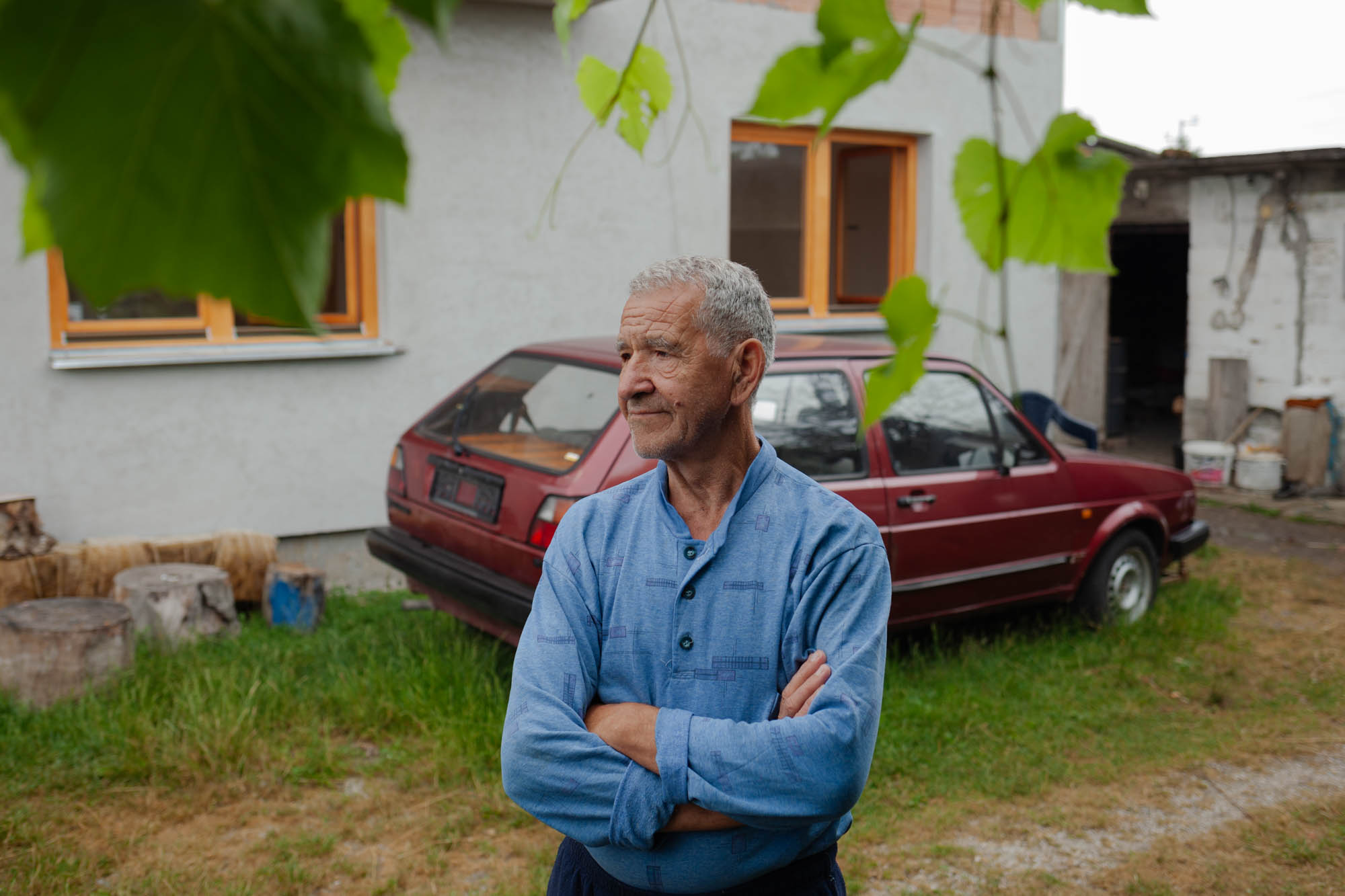
ŽIVINICE, BOSNIA AND HERZEGOVINA, JUNE 2017: Returnee with three members of his family. He lives with a wife who is a disabled person (immovable) and two sons. None of the family members is employed and only regular income is the disability allowance they receive for a wife.
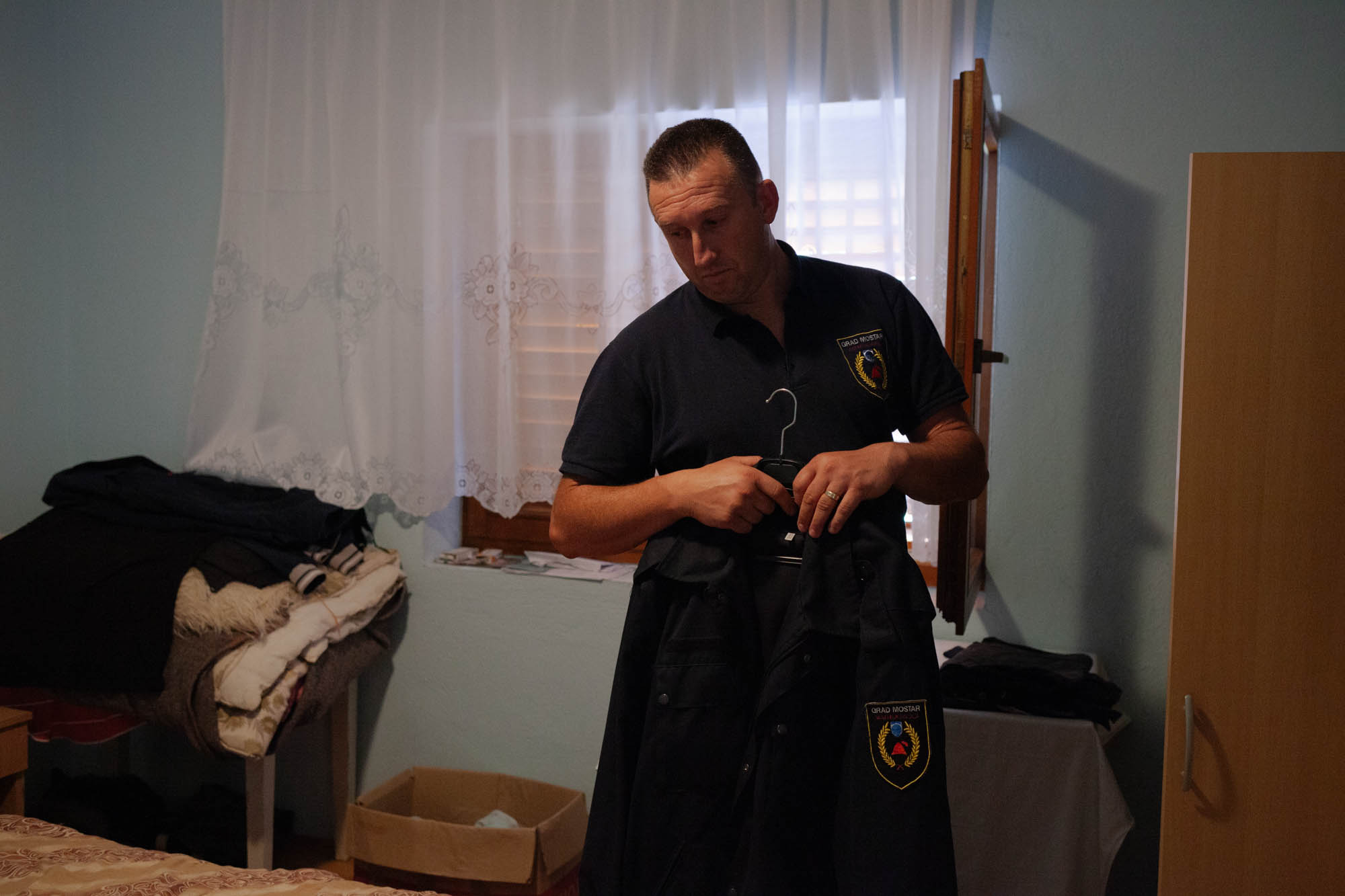
MOSTAR, BOSNIA AND HERZEGOVINA, MAY 2016: A returnee to Mostar who has exercised his rights to work in the Fire Department in Mostar.
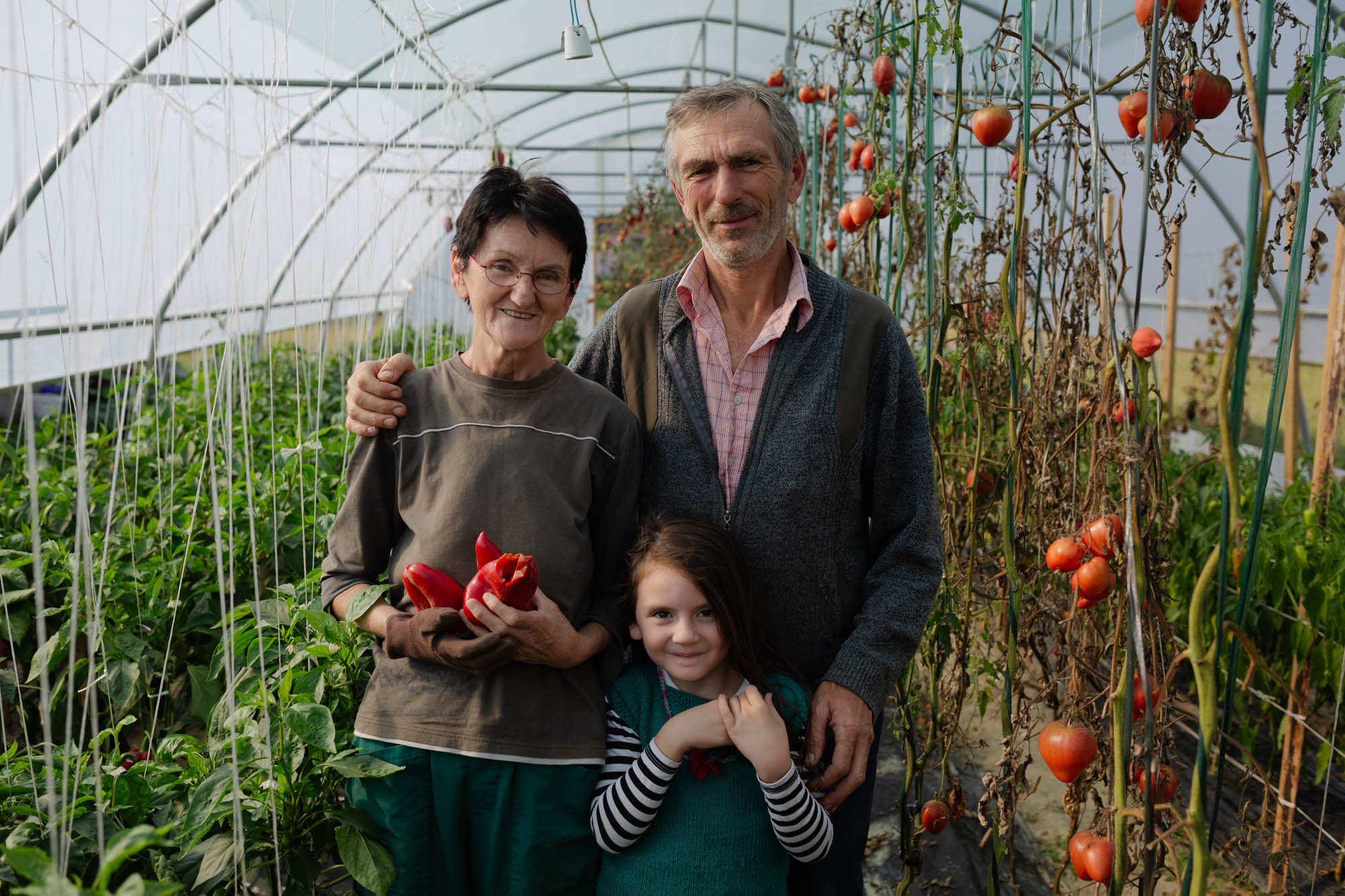
PRIJEDOR, BOSNIA AND HERZEGOVINA, SEPTEMBER 2016: A family of five. Peter works but gets paid every third month. His wife is seriously ill, the son works for a daily wage, the daughter is a single mother and works in a private clinic and that is the only steady income for the family, the granddaughter will go to school next year. They got the plot from the City of Prijedor where they built a small house that is full of moisture because they still have a temporary roof. His wife Slavica, although seriously ill, takes care of the greenhouse and places her products through an acquaintance who works at the market. From the income from the greenhouse, she finances her treatment, household expenses, seeds and fertilizer.